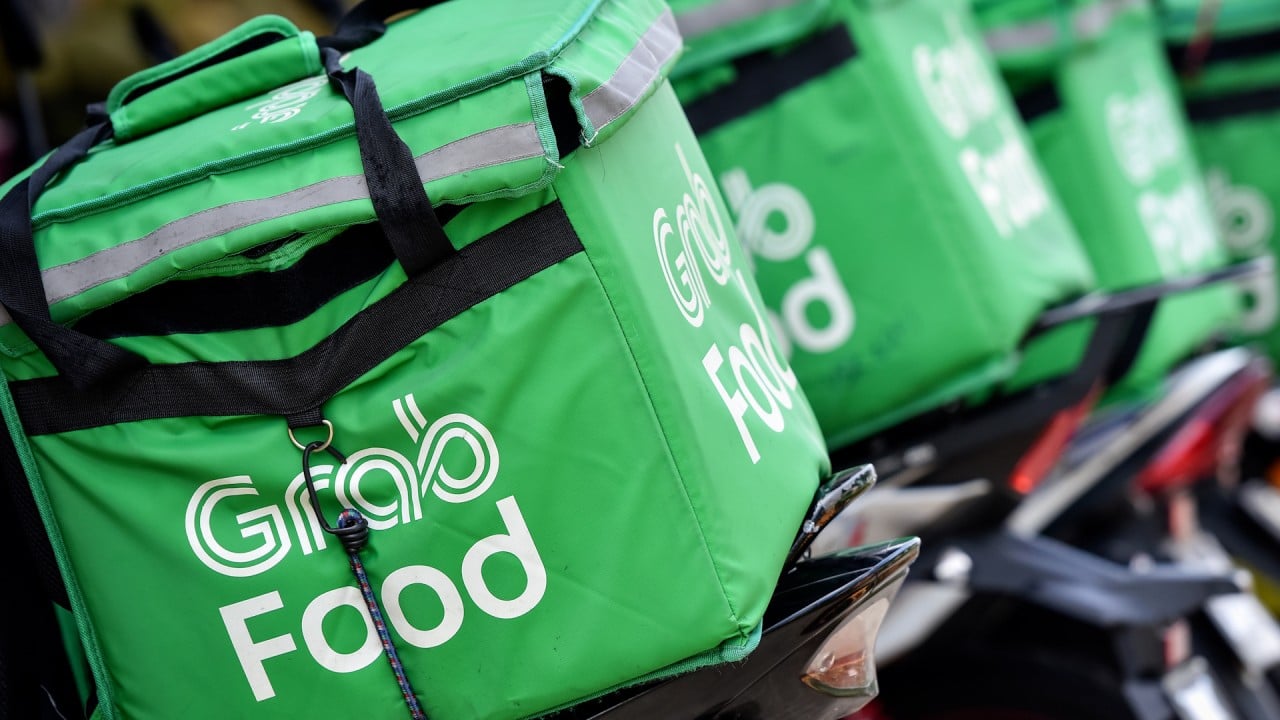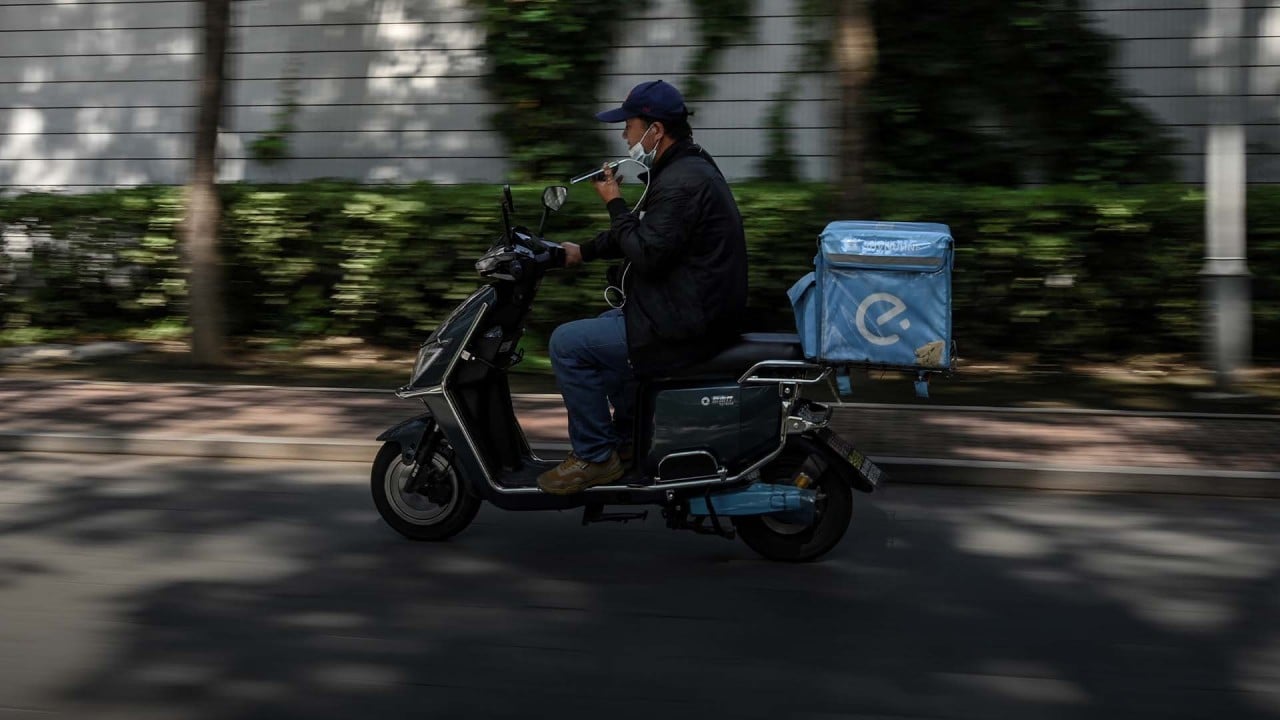Opinion | Gig economy is failing workers and needs urgent reform

It sounds simple – a source of income with flexible working hours. But it isn’t, as Upstream’s hero found out. Gao faces cutthroat competition, very long working hours and is forced to put himself at risk on the road to achieve insane delivery targets just to make ends meet.
In India, some gig workers have had to pay to be taken on as independent contractors, and for mandatory training. A 2022 survey by the All India Gig Workers Union noted that promised jobs were often assigned at odd hours – even after midnight – and labelled “missed” the next morning.

Sometimes workers were given more jobs than they could feasibly do in a day. Items they had to buy, such as bags and uniforms, were more expensive and of poorer quality than their open market counterparts. And, for all that, they earned less than a third of the government-prescribed minimum wage.
Another survey conducted by the People’s Association in Grassroots Action and Movements also exposed the dark side of the gig economy. In addition to not getting paid the minimum wage, some do not get overtime or severance pay, pensions, insurance or access to any redressal mechanisms.
The extent of control exerted by Uber on the drivers informed the decision. The Supreme Court noted that Uber very tightly defines and controls the drivers’ services. Uber dictates the rates as well as the contractual terms and the continuity of a driver’s service is entirely dependent on Uber’s rating system.
Similar judgments in the Netherlands and the United States have seen courts probing beyond the common corporate nomenclature for gig workers or “independent contractors”, to identify the true nature of their relationship.
Commenting on the Uber case, Ravi Peiris, a senior specialist at the International Labour Organization’s Bureau for Employers’ Activities, said the court was willing “to take account of developments relative to new ways of doing business, instead of being restricted by concepts, which were developed at a time when ways of doing business were simpler and limited.
“The law needs to keep pace with social and other developments to be relevant, socially and otherwise, and this objective can be achieved through legislation or judicial means, or by a combination of both,” he said.
Peiris rightly noted that “governments are challenged with the blurring that is taking place between formal employment and unfamiliar forms of work arrangement practices” created by these technological developments.
The staggering number of workers exposed to gig exploitation underlines the urgency to reform labour laws. In China, 23 per cent of the workforce is engaged in gig work, while the figure in Malaysia is about 26 per cent. In India, the number of gig workers, currently around 7.7 million, is expected to more than triple by 2030.
The growing global dependence on gig work is concerning. In a survey for Visa’s Green Shoots Radar report, 57 per cent of respondents said they did gig work on a full-time, part-time or project basis. Most respondents in Hong Kong (52 per cent), Japan (65 per cent), South Korea (66 per cent) and India (57 per cent) said gig work was their only source of income.
In 2021, Chinese authorities issued guidelines that included minimum wages, social insurance and eased delivery timelines for food delivery workers. “However, effective enforcement of these regulations remains a significant challenge, necessitating continued vigilance and oversight,” said Trishala S, a junior research associate at the Organisation for Research on China and Asia.
India’s 2020 Code on Social Security is supposed to extend social security schemes to gig workers. So far only a couple of states have acted. In 2023, Rajasthan passed legislation covering the rights, social security and welfare of platform-based gig workers while Karnataka has introduced an insurance coverage bill for gig workers.
However, piecemeal measures aren’t enough. Nor is the G20 leaders’ declaration in New Delhi, in September 2023, calling for “adequate social protection and decent working conditions for gig and platform workers”. Gao’s kind need definitive action to improve their working conditions.
Charu Bahri is an India-based journalist who writes on health, the environment, society and industry
Source link





